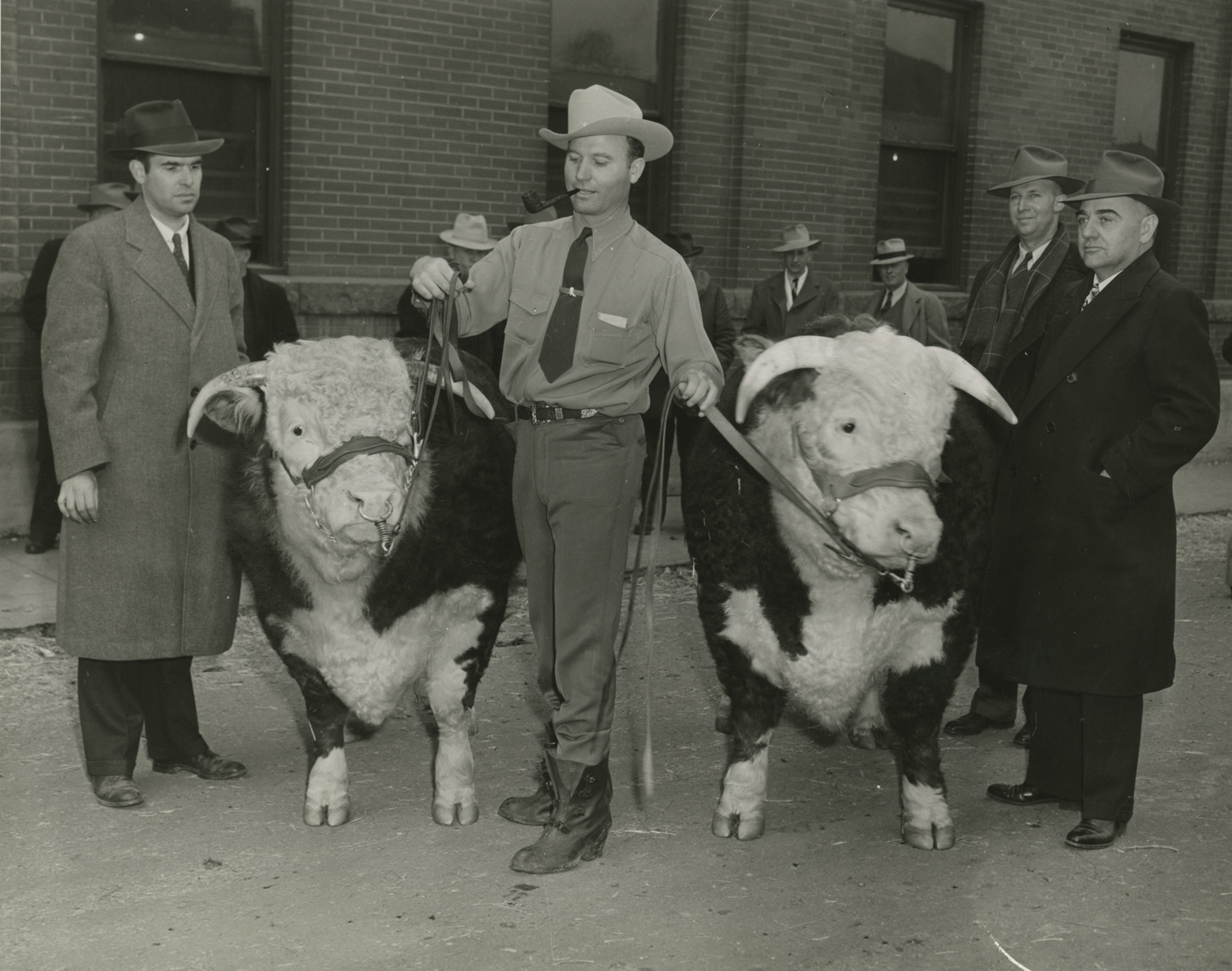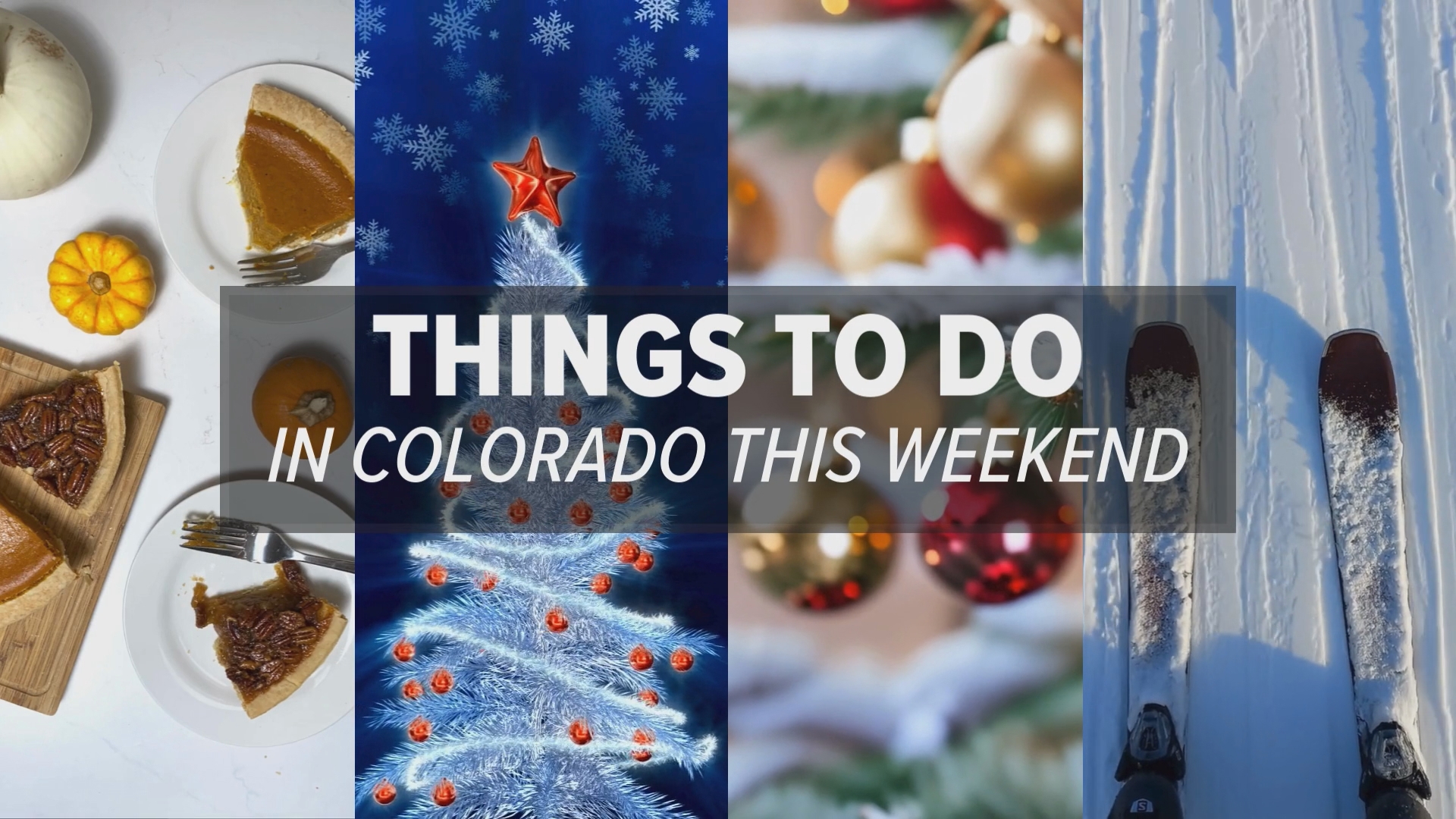DENVER - The National Western Stock Show has been a part of Colorado history for more than a century.
Along the way, it has seen records broken, and sometimes rules, too. On rare occasion, the show has had to disqualify some animals and their owners for 'doping' - or in one case, painting!
The National Western started as a hit-or-miss livestock event, organized by some rugged cattlemen and livestock commission merchants on-and-off from the 1880s until early 1900. The first official organized event began in Denver in 1899, but it wasn't until 1906 that they became annual.
The site along the South Platte River was selected in 1905, the same place the show is held to this day, though it has changed a bit since then.
The Grand Champion steer at the very first National Western Stock Show sold for 33 cents a pound (23 cents over the market price!) in 1906.
Admission was free, and folks were shuttled to the show from Union Depot by street car or horse-drawn carriage.
The 1909 show opened on January 18 in the newly constructed 6,000-seat National Amphitheater, erected for $200,00,0 provided by the Denver Union Stockyard Company. This building still stands today.
With admission expected to increase to 100,000 people, a 23-cent admission was charged. Those prices would increase to 75-cents in 1930.
The only year the show was ever canceled was 1915, due to an outbreak of hoof and mouth disease.
In 1931, the Rodeo was introduced to the NWSS, at its 25th annual show. Prize money was a total of $7,300. 1935 brought the first catch-a-calf contest.
During World War II, travel and fuel limitations limited participation to locals.
In 1945, two Hereford bulls owned by Dan Thornton (later Governor of Colorado) were sold for $50,000 each, a record for Breeding Cattle at the time.
Two years later, Denver taxpayers passed a $1.5 million bond issue to build the Denver Coliseum, which was dedicated in 1952. The Expo Hall and the Stadium Hall were completed in 1991.
The famous Westernaires made their first appearance in 1954.
Scandal hit in 1972 when "Big Mac," the Grand Champion steer, was ruled ineligible. It had been previously entered at the American Royal Show in Kansas City as a white steer, but had been dyed black for the National Western Stock Show!
In 1995, the Grand Champion steer and Reserve Champion were ruled ineligible due to the illegal use of the drug Clenbuterol.
In 1981, attendance soared to more than 360,000 when the show dates were increased to 12 days and included 21 Rodeo performances. A still-standing record of $301,000 was paid at auction for a Hereford bull that year as well.
Mutton Bustin' for kids began in 1993, and became a popular new attraction at the Rodeo, which had a record attendance of its own with a crowd of 178,012, the most since 1986.
Attendance has climbed ever since, setting a record in its 100th year, 2006, at more than 726,000 people for a 16-day show. That same year, twelve junior market lambs were disqualified from the competition due to unethical tampering and the presence of needle marks along the major muscles of the carcasses.
(© 2016 KUSA)


